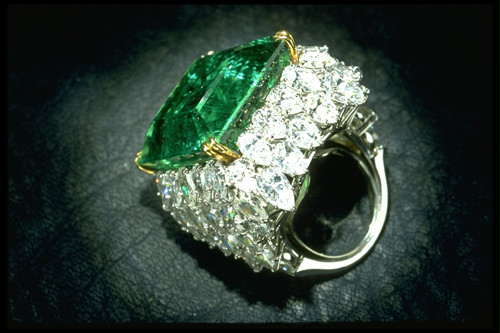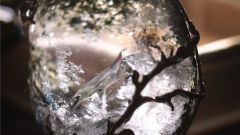Instruction
1
Since the emerald is a natural stone, it (as well as all-natural precious stones) feels quite cold. So hold it in your hand and feeling the cold, you can make sure that the stone is natural and not derived synthetically.
2
The emeralds are of natural origin, there are always splits or cracks.
3
You should arouse the suspicion of the transparency and purity of an emerald dark green. Such stones are rare in nature.
4
Verify independently the authenticity of the emerald, with a magnifying glass, without seeing a specialists. But keep in mind that the magnifier must be tenfold at least. Considering natural stone through a magnifying glass, you will see a characteristic pattern. If there is no picture, inclusions or inclusions not, then it is either a simulated stone or artificial stone. Also belonging to the synthetic method of producing stone show parallel cracks, and spiral inclusions, inclusions of crystals of phenakite (which in natural stones almost never occur). In the artificial stones can be seen valaoras the inclusion of specific inclusions, which in form may resemble brush strokes and nails.
5
View on the emerald side through a magnifying glass. If you find strictly parallel lines, we can just say that this stone is artificially grown. Natural stone lines are almost parallel.
6
Fake emerald from a real emerald can be distinguished in this way is to drop a stone into a glass of water. If you look from the top, not the real stone will take the shade of red.
7
If, however, there remain doubts about the authenticity, it is better to consult specialists. Many believe that the definition of naturalness and the naturalness of stone is better not to seek to jewelers, and to gemmology – experts in precious stones (they are engaged in the evaluation and certification of precious stones).



